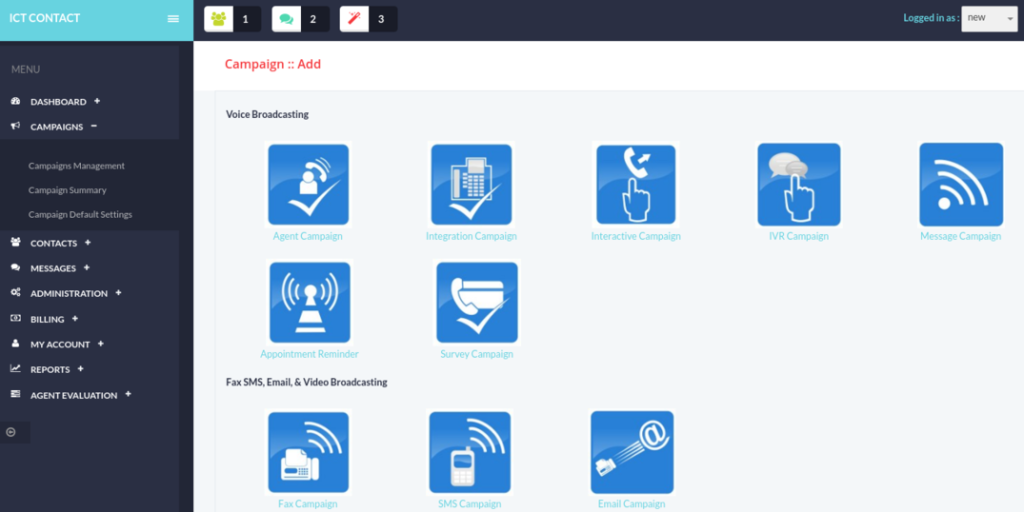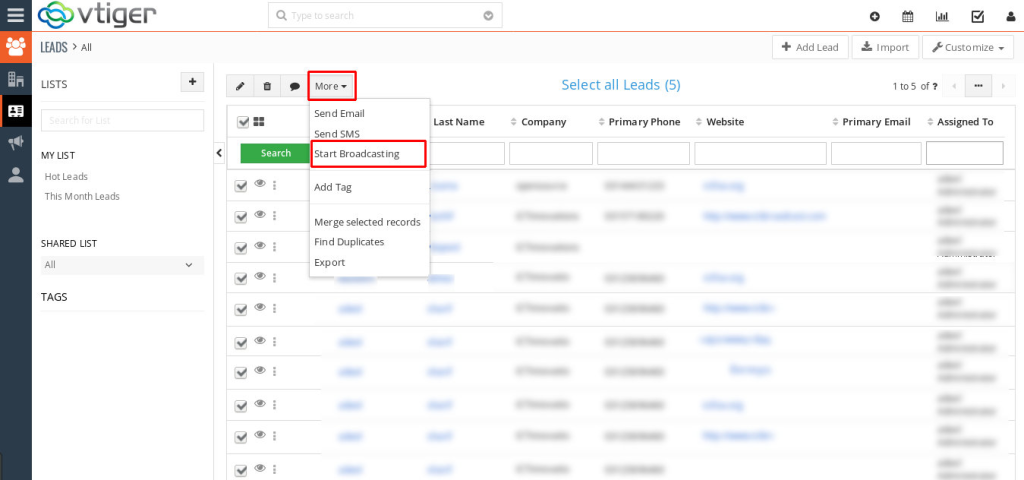Amid the dynamic nature of today’s business environment, organizations are prioritizing customer experience as a crucial competitive advantage. At the heart of delivering exceptional customer service lies the contact center. However, with the emergence of unified communications (UC) technology, traditional contact centers have experienced profound changes. This article delves into the concept of a contact center based on unified communication and its profound impact on elevating the customer experience.
Understanding Unified Communications (UC):
Delve into the realm of unified communication-based contact centers and acquire a comprehensive insight into their influence on customer interactions and collaboration. Uncover the seamless integration of diverse communication channels, including voice, video, and messaging, and their role in crafting personalized customer experiences. Explore the advantages of heightened communication and collaboration for businesses and customers alike, and witness the transformative impact of these contact centers on customer support and engagement.
The Evolution of Contact Centers:
From basic telephony systems to sophisticated omnichannel communication hubs, contact centers have undergone a significant evolution. The emergence of digital communication channels like email, chat, social media, and mobile apps has led customers to anticipate seamless experiences across various touchpoints. However, traditional contact centers often face challenges in meeting these expectations due to isolated communication channels and fragmented customer data.
Benefits of Unified Communication-Based Contact Centers:
Enhanced Customer Service
By leveraging unified communication, contact centers empower agents with a holistic perspective of customer interactions spanning multiple channels. This newfound visibility allows agents to deliver personalized and contextually relevant support, leading to expedited issue resolution and heightened customer satisfaction levels. With unified communication-based contact centers, businesses can enhance their customer service capabilities and strengthen customer relationships.
Seamless Multichannel Communication
Through the integration of diverse communication channels into a unified platform, organizations can offer customers a seamless experience. Customers have the flexibility to initiate contact via their preferred channel and effortlessly transition between channels without losing any context. This enhanced capability not only improves customer convenience but also reduces frustration. By streamlining communication channels, organizations can better meet customer expectations and deliver a more satisfactory customer experience.

Improved Agent Collaboration
Unified communication-based contact centers enable real-time collaboration among agents, supervisors, and subject matter experts. Through instant messaging, presence indicators, and shared workspaces, teams can collaborate efficiently, leading to faster problem-solving and improved first-contact resolution rates.
Advanced Analytics and Reporting
UC-based contact centers leverage advanced analytics tools to gather insights from customer interactions across various channels. These analytics enable organizations to identify trends, monitor agent performance, and optimize customer service processes. By leveraging data-driven decision-making, businesses can continuously enhance the customer experience.
Key Components of a Unified Communication-Based Contact Center:
Integrated Communication Channels
A unified communication-based contact center should seamlessly integrate voice, video, chat, email, social media, and other relevant communication channels. This ensures that customers can engage with the organization through their preferred channel and receive consistent service across touchpoints.

CRM Integration
The integration of the contact center with a customer relationship management (CRM) system is paramount in delivering personalized customer experiences. By synchronizing customer data, purchase history, and past interactions, agents gain a comprehensive understanding of the customer. This holistic view empowers agents to deliver personalized and contextually relevant support, tailored to the specific needs and preferences of each customer. The integration of the contact center with CRM enhances customer service capabilities and fosters stronger customer relationships.

Intelligent Routing and Queuing
Intelligent call routing and queuing mechanisms ensure that customer inquiries are directed to the most appropriate agent based on skillset, availability, and customer priority. This reduces wait times, improves first-contact resolution rates, and enhances overall customer satisfaction.
Real-Time Analytics and Reporting
Real-time analytics and reporting capabilities allow supervisors and managers to monitor contact center performance, agent productivity, and customer satisfaction metrics. By identifying areas of improvement and addressing them promptly, organizations can continuously enhance the customer experience.
Challenges and Considerations
While unified communication-based contact centers offer significant benefits, implementing and managing such systems come with their own set of challenges. These include ensuring network reliability and security, training agents on multiple communication channels, and managing the integration with existing infrastructure. Organizations need to carefully evaluate their requirements and select a solution that aligns with their business objectives.
Case Studies
This section provides real-world case studies highlighting organizations that have successfully implemented unified communication-based contact centers and the positive impact on their customer experience metrics.
Future Trends and Outlook
The future of contact centers is poised for further advancements through the integration of emerging technologies like artificial intelligence (AI), chatbots, and natural language processing (NLP). These transformative technologies will enable contact centers to deliver highly personalized and proactive customer experiences. AI-powered chatbots can efficiently handle routine inquiries and provide instant responses, freeing up agents to focus on more complex customer needs. NLP capabilities will enable contact centers to understand and interpret customer queries in a more natural and intuitive manner. By leveraging these technologies, contact centers can elevate customer satisfaction and foster greater customer loyalty by delivering exceptional and tailored experiences.
Conclusion:
The implementation of a unified communication-based contact center holds immense potential for enhancing the customer experience. By integrating diverse communication channels into a single platform, organizations can streamline customer interactions, provide personalized support, and foster seamless multichannel communication. This article has explored the benefits of unified communications in contact centers, including enhanced customer service, improved agent collaboration, and advanced analytics capabilities.
Unified communication-based contact centers enable agents to gain a comprehensive view of customer interactions, leading to faster issue resolution and higher customer satisfaction. Customers, in turn, benefit from a seamless experience, where they can initiate contact through their preferred channel and effortlessly switch between channels without losing context. The integration of a customer relationship management (CRM) system further enhances personalization, as agents can access relevant customer data and tailor their interactions accordingly.
Real-time analytics and reporting empower organizations to monitor contact center performance, agent productivity, and customer satisfaction metrics. These insights enable continuous improvement by identifying trends, optimizing processes, and making data-driven decisions. Furthermore, the ability to foster collaboration among agents, supervisors, and subject matter experts enhances problem-solving capabilities and improves first-contact resolution rates.
Leveraging Open Source in ICT
